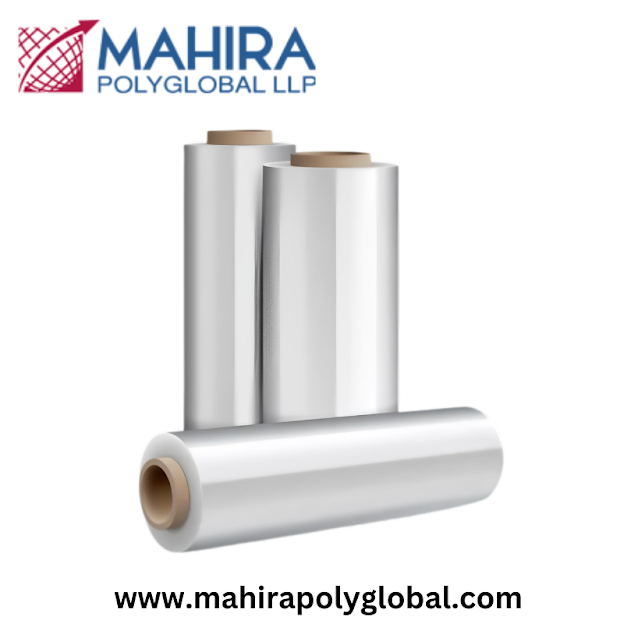Comparing HDPE Sheets and PVC: Which Is Better for Your Needs?
When it comes to selecting materials for construction, manufacturing, or various industrial applications, two popular options often come into play: High-Density Polyethylene (HDPE) sheets and Polyvinyl Chloride (PVC). Each material has its unique characteristics, advantages, and limitations, making the choice dependent on specific project requirements. In this article, we will compare HDPE sheets and PVC to help you determine which material is better suited for your needs
.
What Are HDPE Sheets and PVC?
High-Density Polyethylene (HDPE)
HDPE is a type of plastic known for its high strength-to-density ratio. It is produced from petroleum and is widely used in various applications, thanks to its resilience, durability, and lightweight properties. HDPE is often used in the form of sheets, rolls, and containers. The material is also recyclable, making it an environmentally friendly option.
Polyvinyl Chloride (PVC)
PVC is another common plastic material, often recognized for its versatility. It can be rigid or flexible, depending on the formulation, and is extensively used in plumbing, construction, and electrical applications. PVC is known for its durability, low cost, and resistance to environmental factors.
Key Comparisons Between HDPE and PVC
1. Durability and Longevity
Both HDPE and PVC are durable, but they exhibit different strengths. HDPE is particularly resistant to impact, UV radiation, and chemicals, making it suitable for outdoor applications and environments where high durability is required. PVC, while also durable, can become brittle over time, especially when exposed to extreme temperatures.
2. Weight and Handling
HDPE sheets are lightweight, which makes them easier to handle and transport. This quality can be beneficial for large-scale projects where weight considerations are essential. PVC, on the other hand, can vary in weight depending on its rigidity. Rigid PVC is generally heavier than HDPE, which may complicate installation in some applications.
3. Chemical Resistance
When it comes to chemical resistance, High Density Polyethylene Plastic has the upper hand. It can withstand a wide range of chemicals without degrading, making it an excellent choice for applications involving aggressive substances. PVC offers good chemical resistance as well, but it can be vulnerable to certain solvents and oils, limiting its use in specific environments.
4. Cost Considerations
Price is often a significant factor in material selection. Generally, HDPE sheets can be more expensive than PVC, but the overall costs depend on the application and required specifications. Polyethylene Sheets Suppliers like Mahira Polyglobal LLP offer competitive pricing on high-density polyethylene plastic, which can be advantageous for budget-conscious projects.
5. Fabrication and Installation
Both HDPE and PVC are relatively easy to fabricate and install. HDPE sheets can be easily cut, welded, and formed into various shapes. PVC is also easy to work with but may require specific adhesives and connectors for joints. The ease of fabrication can play a crucial role in project timelines and costs.
6. Environmental Impact
HDPE is often considered a more environmentally friendly option because it is recyclable and can be made from recycled materials. In contrast, PVC production has raised environmental concerns due to the release of harmful chemicals during Polyethylene Roll Manufacturers. However, advancements in technology are gradually improving the sustainability of PVC.
7. Applications
Both materials are used in various industries, but their specific applications can vary:
- HDPE is commonly found in packaging, agricultural films, geomembranes, and outdoor furniture.
- PVC is frequently used in plumbing pipes, electrical conduits, and building materials.
Conclusion
In conclusion, both HDPE sheets and PVC have their advantages and limitations, making them suitable for different applications. If your project requires high durability, chemical resistance, and environmental considerations, HDPE might be the better choice. Conversely, if you're looking for a cost-effective solution with versatility in applications, PVC could be the way to go.
For those considering HDPE, sourcing from reliable and suppliers like Mahira Polyglobal LLP ensures quality products that meet your specifications. Ultimately, the best choice will depend on your specific project needs, budget, and the environmental factors involved. By carefully evaluating the characteristics of both materials, you can make an informed decision that aligns with your project goals.
FAQs
Q1: What is the primary difference between HDPE and PVC?
The primary difference lies in their chemical properties and applications. HDPE is more resistant to impact and chemicals, while PVC is versatile but can become brittle over time.
Q2: Which material is more environmentally friendly?
HDPE is generally considered more environmentally friendly due to its recyclability and the ability to be produced from recycled materials. PVC has made strides in sustainability but still raises environmental concerns.
Q3: How do I choose between HDPE sheets and PVC for my project?
Consider factors such as durability, chemical exposure, weight, cost, and specific project requirements. Consulting with polyethylene sheets suppliers can also provide insights tailored to your needs.
Q4: Can HDPE sheets be used outdoors?
Yes, HDPE sheets are highly resistant to UV radiation and moisture, making them suitable for outdoor applications.
Q5: Are both materials easy to fabricate and install?
Yes, both HDPE and PVC are relatively easy to work with, but the specific tools and methods may vary based on the material.
.jpg)
.jpg)


Comments
Post a Comment